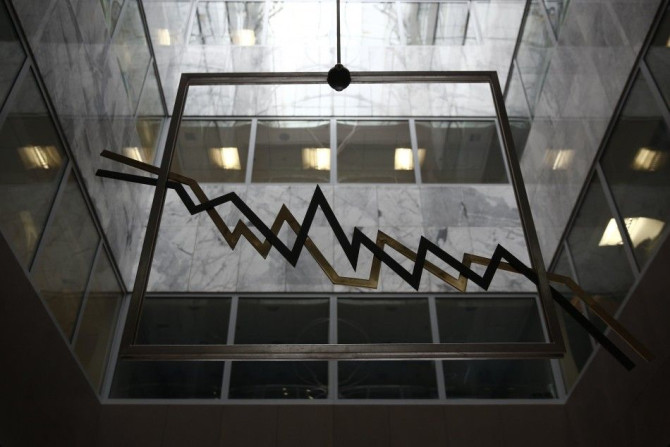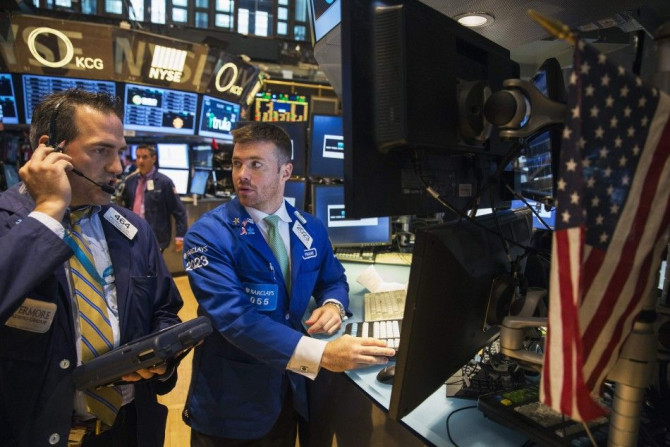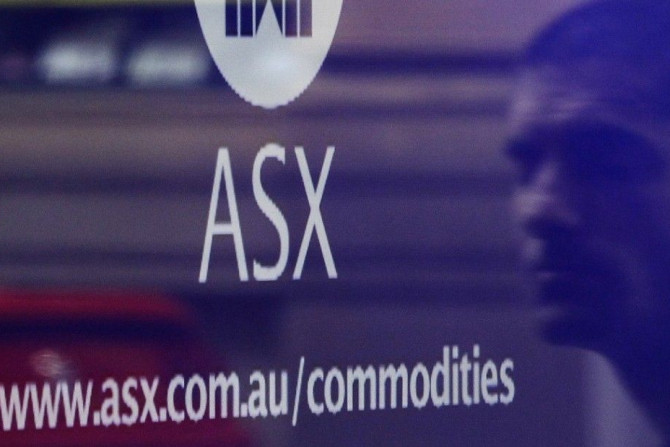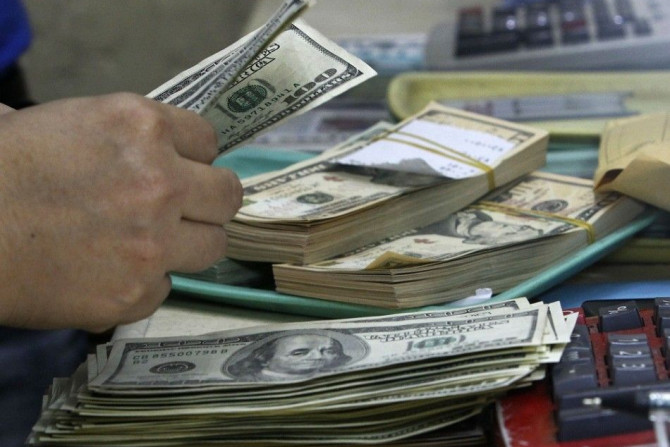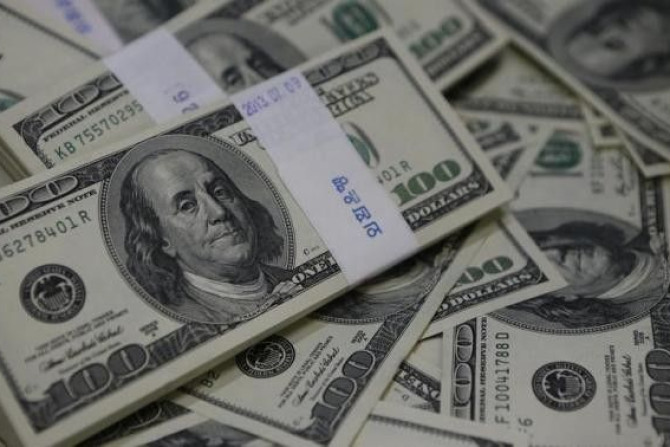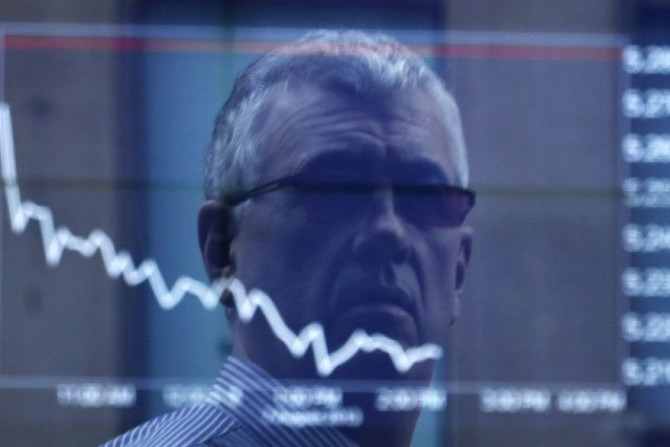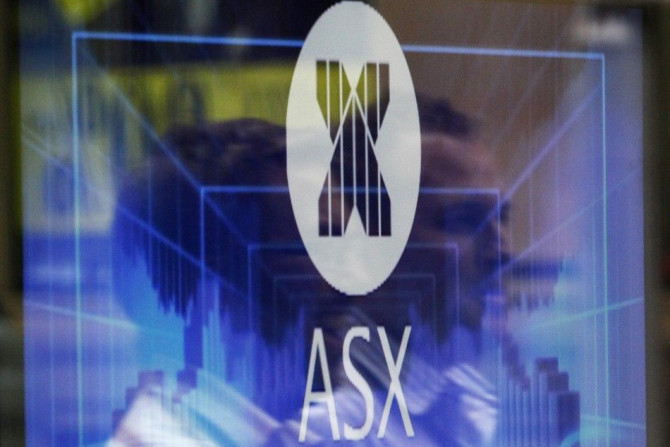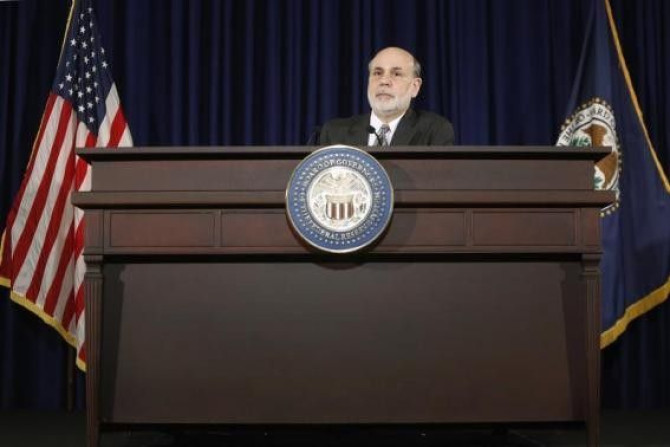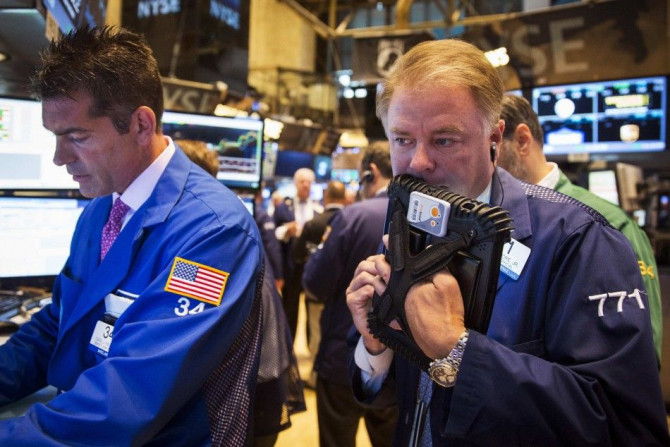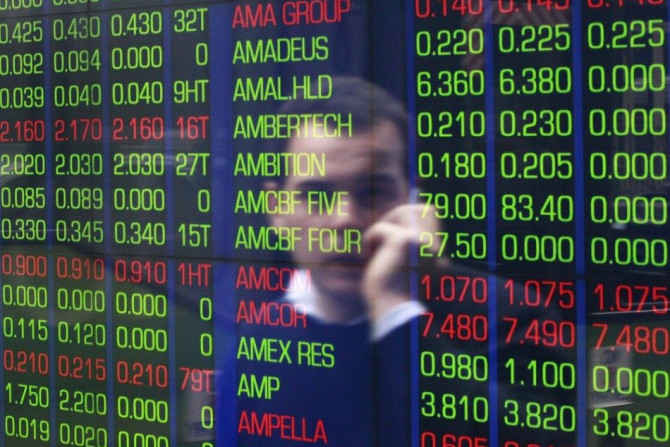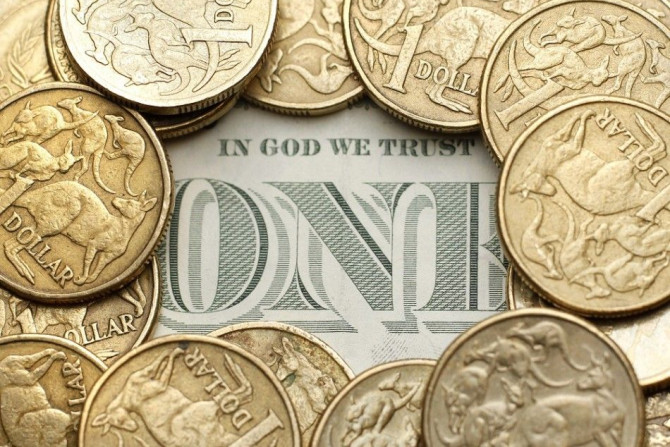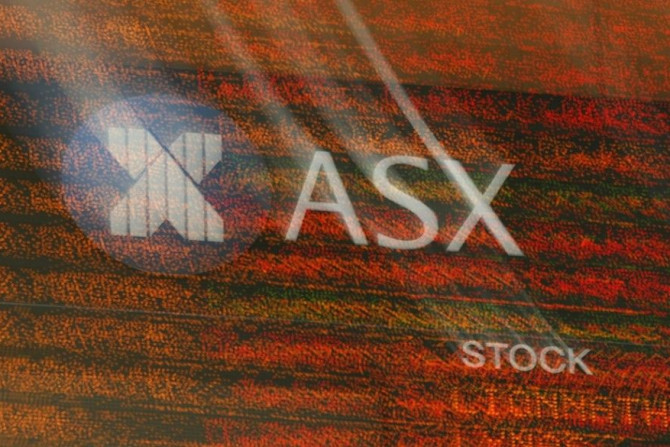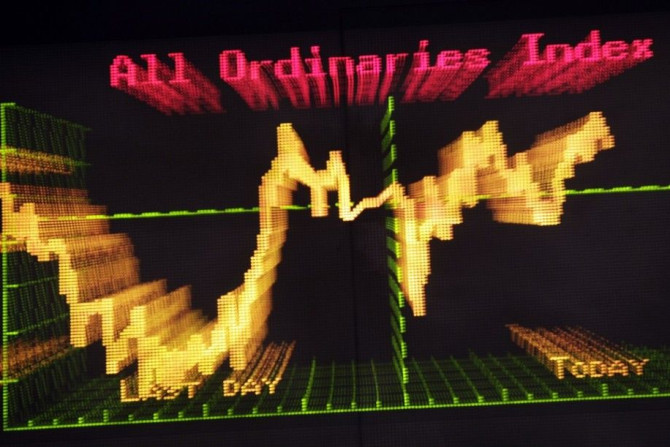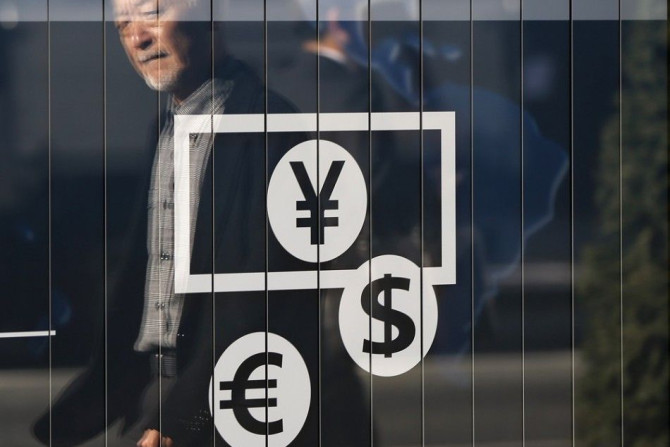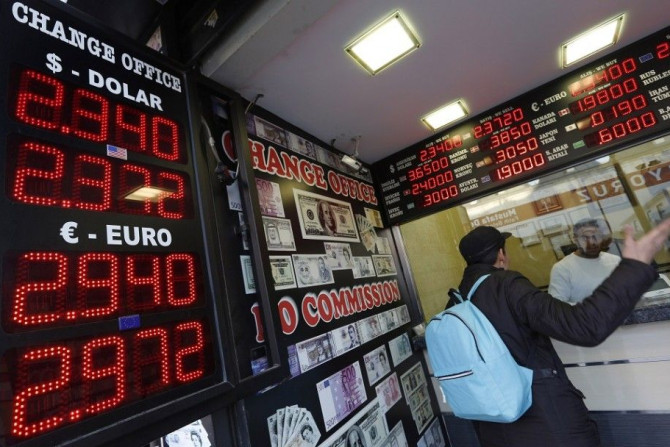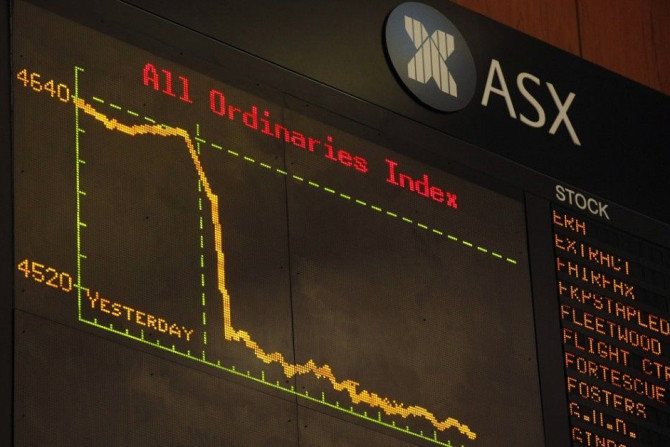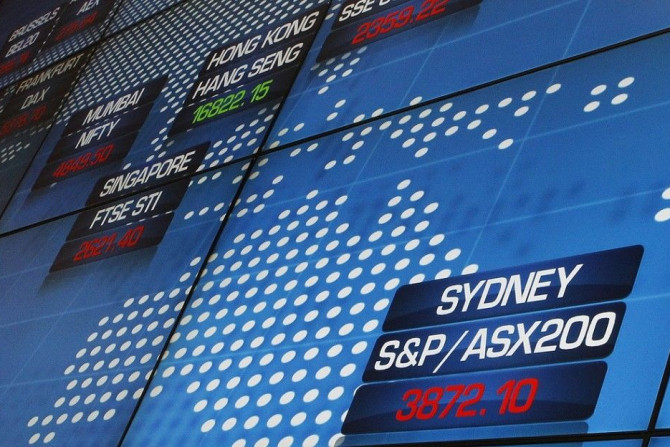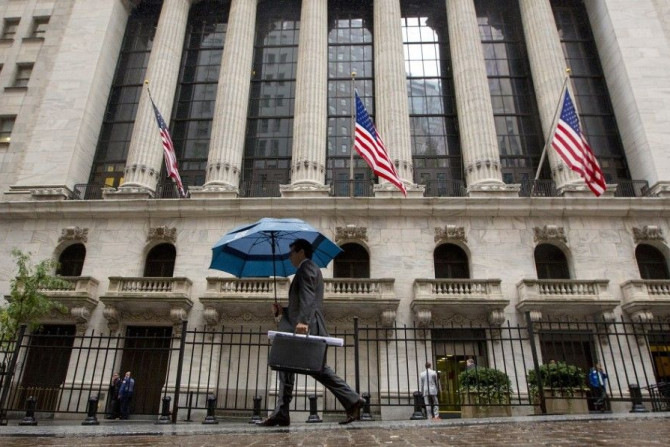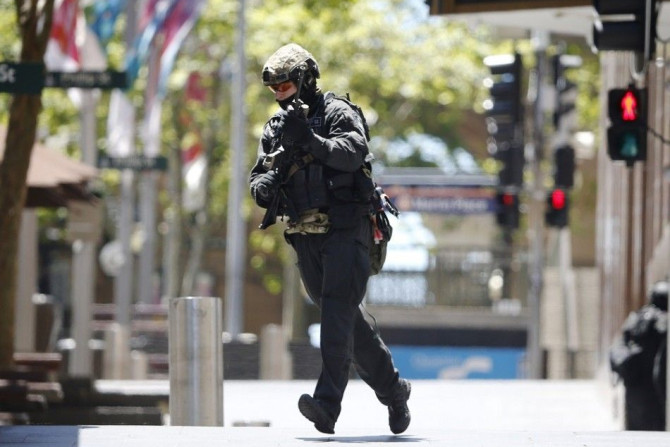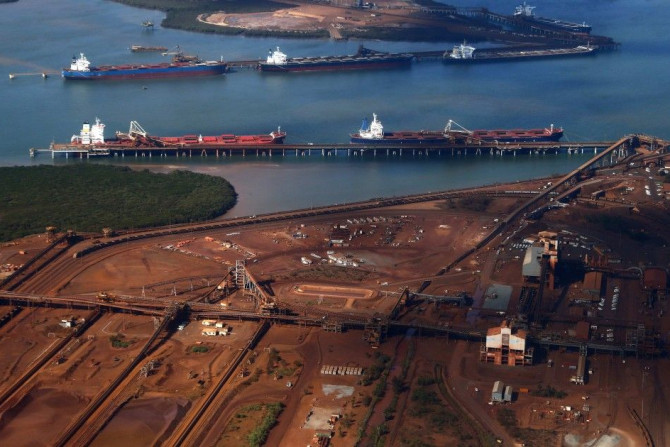Australian shares improved for the fourth straight day with the ASX 200 Index up 1.9 per cent and finishing near intraday highs. Generally markets are quiet as we approach Christmas; however a surge in oil and iron ore prices on Friday have helped both energy and mining industries gain strongly.
The ASX 200 has started a holiday shortened week in the same fashion it ended the previous week; with solid gains. At lunch on the east coast the index was close to the best levels of the day. Local stocks pressed ahead on the back of gains for US stocks at weeks end, which capped off an encouraging week on Wall St. After being up 96 points, the Dow Jones finished higher by almost 27 points or 0.2%. The S&P 500 index rose by 0.5% while the Nasdaq lifted by 17 points or 0.4%. For the week, the Do...
The Australian Dollar had a quiet day of trading on Friday and has opened in the mid .8100's this morning.
Markets ended last week on a positive note with the post-FOMC meeting bid tone continuing to resonate through the globe. The rebound in oil prices also helped underpin sentiment to an extent. While equities drifted higher, there were some notable moves in the fx space with the greenback gaining significant ground against the euro and yen. EUR/USD plunged to $1.222, breaking below its early December lows and now trading at its lowest sinceJuly 2012. The main event for Europe this week will be Gre...
In US economic data, the Kansas City Federal Reserve manufacturing index was steady at +9 in December with the composite index up from +7 to +8.
Australian shares completed a trifecta of winning days on Friday, closing around the best levels of the session. Over the course of the last week the ASX 200 has risen by almost 2.3 % , balancing the loss of the pre-ceeding week when the market fell by almost 2.2%.
Australian shares are improving for the third day after six straight sessions of weakness. The ASX 200 Index is up 1.3 per cent with the underperforming energy industry this morning's best performer.
The Australian Dollar has made back some of yesterday's post FOMC losses, currently trading around 0.8160.
The momentum from yesterday's Fed announcement has continued to resonate through global markets, with equities in Europe and the US extending gains.
In US economic data, the Conference Board's Leading Economic Indicators Index rose by 0.6% in November after a similar lift in October. The index is up 6.1% on a year ago. The Philadelphia Fed Index fell from the outsized 40.8 gain in November to 24.5 in December. US jobless claims fell from 295,000 to 289,000 in the past week.
The local sharemarket has finished firmly in the black, following a strong lead from European and US markets. The S&P 500 enjoyed its best one day gain in a year, after the US Federal Reserve signalled it was on track to raise interest rates next year - reinforcing the strength of the US economy. That positive lead helped the All Ords finish up 1 percent to 5,189.
The Australian share market opened the session with a solid gain for the second consecutive session on the Thursday. The strong tone for the first half of the session came in the wake of similar gains for US and European markets in the last 12 hours. US share markets rallied sharply after the Federal Reserve gave a strong signal that it was on track to raise interest rates at some point next year - pointing to confidence in the US economy. At the close of trade, the Dow Jones was up by 288 point...
The Australian Dollar has dipped suddenly to USD 0.8120 following headlines the FOMC had dropped the "considerable time" phrase with respect to its guidance on interest rates, and instead deciding it could be "patient in beginning to normalise" policy.
US equities surged on the back of the Fed meeting, which seems to have hit a sweet spot as far as balancing expectations is concerned.
In US economic data, consumer prices fell 0.3% in November - marking the largest decline since December 2008. Annual growth eased from 1.7% to 1.3%. The fall in gasoline prices (down 6.6% in November) was the biggest driver. Core CPI (ex food and energy) lifted up 0.1% in November to be up 1.7 over the year. US current account deficit rose from $98.42 billion to $100.36 billion in the September quarter.
The Australian share market has ended a 6 session losing streak on Thursday with a gain of 9.6 points. The ASX 200 trade through a range of 41 points from low to high. The market was down 2 points at its worst levels and up 39 points at its best.
Buyers have made a rare impression on the ASX 200 in early trade on Wednesday. After 6 consecutive sessions of losses the share market has spent the morning in positive territory, having opened with a small loss of 2 points, before moving on to a gain of 33 points at session highs. As lunchtime approached the ASX 200 was ahead by 32 points.
The Australian Dollar is unchanged from this time yesterday, having given back some overnight gains as volatility increases in global markets.
It's the end of the year, a busy season for doomsayers and hoaxers. This explains why everyone is talking either about World War 3 to be initiated by Russia or writing hoax articles.
Equities rebounded in European trade whilst US equities struggled as investors exercised caution heading into the FOMC meeting. Additionally, oil prices remained extremely volatile, with weakness prevailing. In Europe, traders focused on surprisingly firmer manufacturing and services PMIs, along with a vast improvement in the ZEW economic sentiment readings.
In US economic data, housing starts fell by 1.6% in November to a 1.028 million unit pace. Building permits fell by 5.2% in November. Despite the mild pullback the housing sector continues to see healthy improvement. The Markit Flash PMI eased from 54.8 to 53.7 in December - a 11 month low. A reading above 50 still signalled an expansion in activity. Across the sub-indices output and employment expanded at a slower pace.
Losses worsened this afternoon with Australian shares falling by 0.7 per cent and closing at a fresh two-month lows in the process. The ASX 200 Index lost 0.7 per cent with both mining and energy industries slumping by around 2 per cent.
Australian shares are falling for the sixth straight session and trading at two month lows. The ASX 200 Index is down 0.5 per cent with the energy and mining sectors continuing to be the main liabilities.
The Sydney siege ends in tragic circumstances in the early hours of this morning with a sad loss of life for some innocent people. Market moves in Australia remain dominated by global events.
Equities tapered off in the US and tracked weakness seen in Asian and European trade. Turmoil in the energy space continued to cloud positive developments on the US economic data front.
In US economic data, industrial production rose by 1.3% in November after advancing by 0.1% in October - marking the largest rise since May 2010. Capacity utilisation rose from 79.3 to 80.1 - the highest reading since March. The New York Fed Empire State index fell from +10.16 to -3.58 in December - the first negative result in almost a year. US NAHB Housing Market Index eased from 58 to 57 in December - highlighting that home builder sentiment remained relatively optimistic.
Australian shares at 2.30pm AEDT are down by 0.6 per cent; adding to last week's 2.2 per cent slump. Although most sectors are losing ground the telcos, IT stocks, utilities and healthcare industries are modestly firmer. Mining companies are faring worst; with BHP Billiton (BHP) down 1 per cent and Rio Tinto (RIO) is down 1.1 per cent.
The Australian Dollar has opened trading this morning in the mid .8200's after another day of weaker commodity and equity markets on Friday.
Global equities extended their slide on Friday, with investors continuing to focus on the slump in oil prices. Oil remained at levels not seen since mid-2009 with WTI remaining below $60 per barrel. Apart from China, which benefited from some surprisingly solid data, the rest of the globe struggled on Friday. Retail sales and fixed asset investment were mildly better than expected, but industrial production fell short presumably due to factory closures ahead of the APEC summit.
Based on the movement of iron ore prices in the global market, mining giant BHP Billiton (ASX: BHP) forecast that the price of this key-steelmaking ingredient would not breach $100 per tonne.


